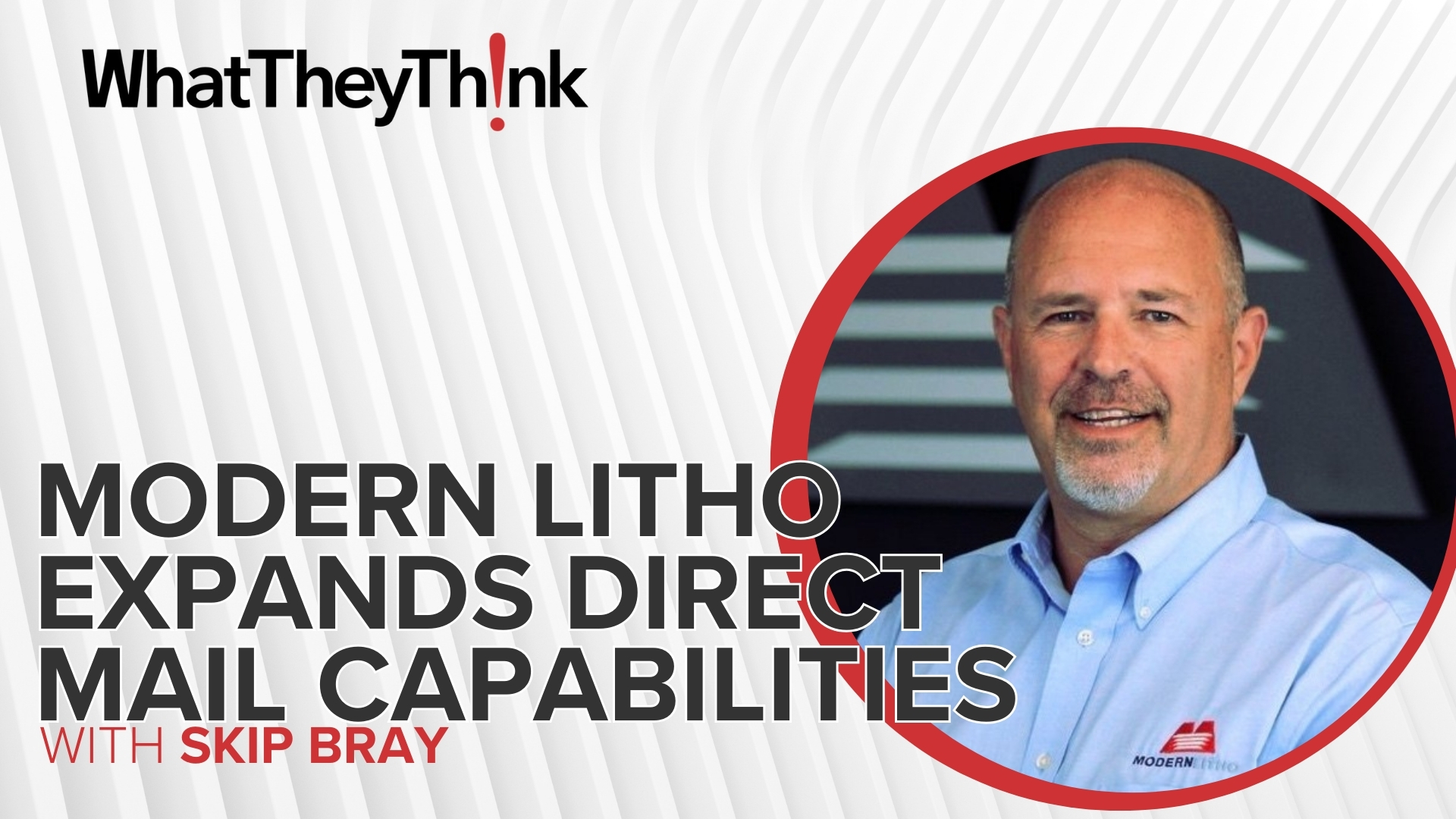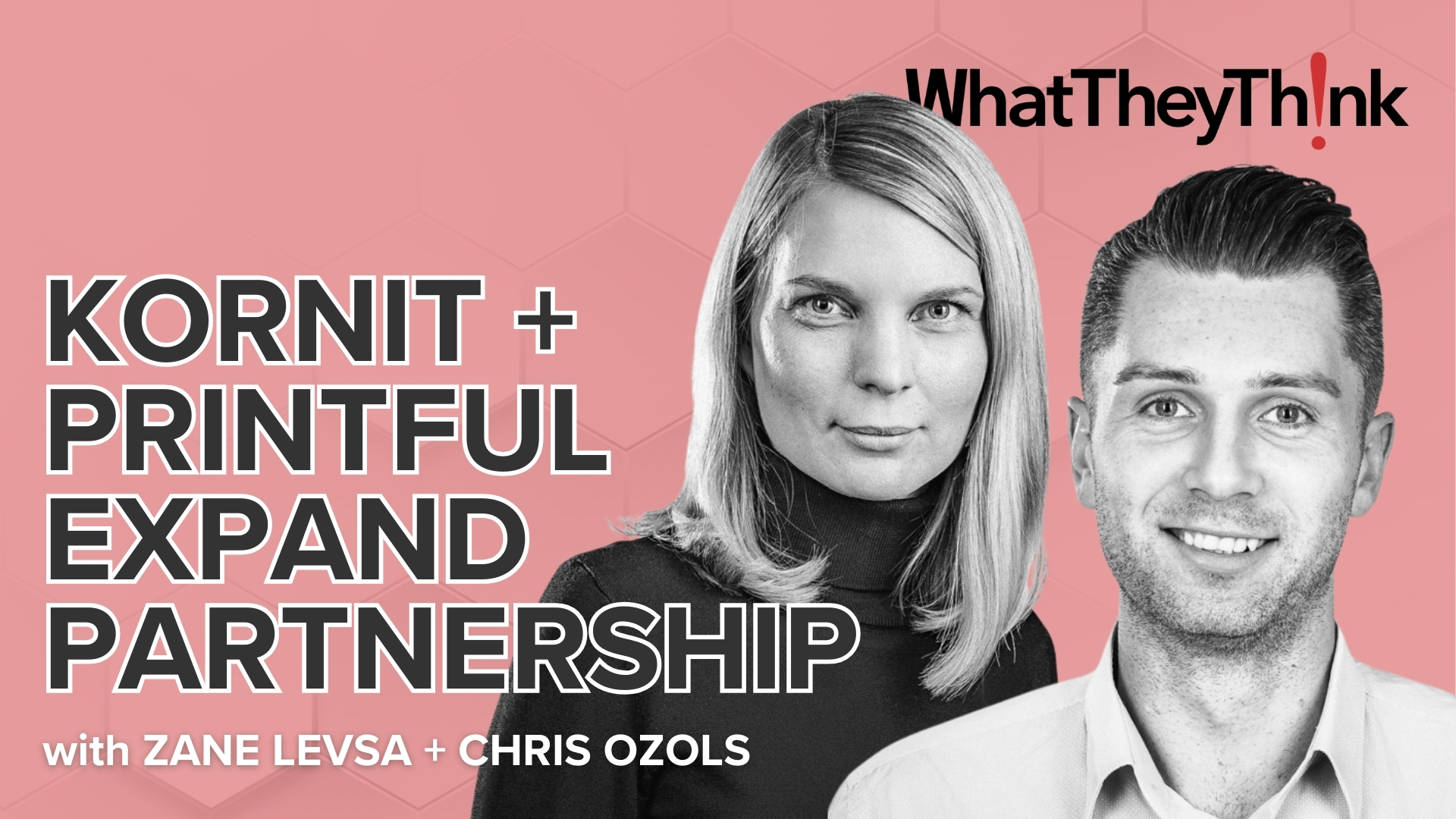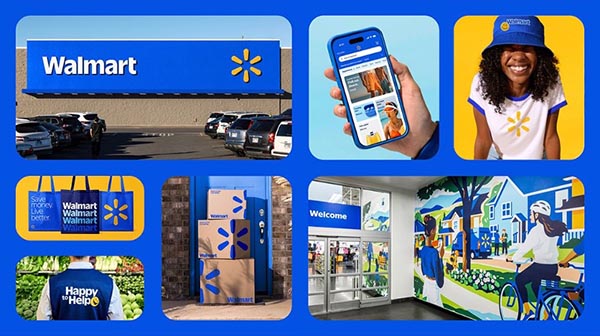Whether you are competing against digital marketing or incorporating into your clients’ campaigns (or both), Evergage’s “Trends in Personalization,” based on research done in the spring of 2019, provides useful insights into what level of personalization marketers are doing in their email, mobile, and online marketing and how they feel about it.
This is a detailed study based on responses from 314 marketers across industries and countries, although respondents are predominantly from the United States.
When it comes to the channels in which marketers are using personalization, email comes out on top (78%), followed by websites (58%), in-person experiences (42%), online advertising (35%), mobile apps (28%), and web applications (19%).
Although respondents cite increasing ROI as one of their top motivators for investing in personalization, interesting to me is that it wasn’t the primary one. The number one motivator was delivering a better customer experience, followed by customer loyalty. Generating measurable ROI comes in third. Of course, we know that better ROI and higher customer loyalty result in better bottom lines, and this data shows that marketers are starting understand that. They also understand just how much personalization is a driver for both.
What Are the Drivers of Personalization in Your Organization?
|
Deliver better customer experiences |
88% |
|
Increase loyalty |
59% |
|
Generate measurable lift/ROI |
50% |
|
Drive more leads |
44% |
|
Customers/prospects expect it |
43% |
|
Competitive pressures |
25% |
|
Other |
2% |
2019 Trends in Personalization Report, Evergage/Researchscape International
This isn’t to say that marketers aren’t getting measurable results from their personalization efforts—they are. Otherwise, they wouldn’t be doing it.
- 90% of respondents report getting a “measurable lift” from their personalization efforts.
- 58% experience lifts of more than 10%.
- 15% report lifts of more than 30%.
But respondents seem to understand that these results are an outcome of the investment in the deeper customer relationships and loyalty that come from personalization. As a result, we see marketers continuing to support and invest in personalization. Nearly all (97%) plan to maintain or increase their personalization budgets, with 48% saying they plan to increase them, up 11 points from 37% the prior year.
B2C companies are focusing on using personalization to drive immediate sales (61% vs. 48% for B2B and 50% for hybrids), while B2B companies and hybrids are focusing on personalization primarily to drive leads (52% vs. 36% for B2Cs and 44% for hybrids).
There is a lot of very detailed information in this report on marketer attitudes, level of maturity of personalization, level of data, and formats and types of personalization, as well as where, specifically, they are using personalized experiences (email, landing pages, etc.) There is also a look at approaches to personalization (rules-based targeting, triggered messaging/notifications, machine learning/algorithmic).
But the details don’t matter if you don’t have the right motivations and goals, and the early part of the report describing why marketers are incorporating personalized experiences is, for me, the most important. Yes, using personalization for direct sales increases revenue in the short term, but marketers are starting to understand that the relationships and customer loyalty that it creates in the long term are even more important because they translate into those more sticky, higher value relationships that drive higher revenues over time.
Marketers are starting to get it. That's great news whether you are doing sophisticated online personalization or not.









